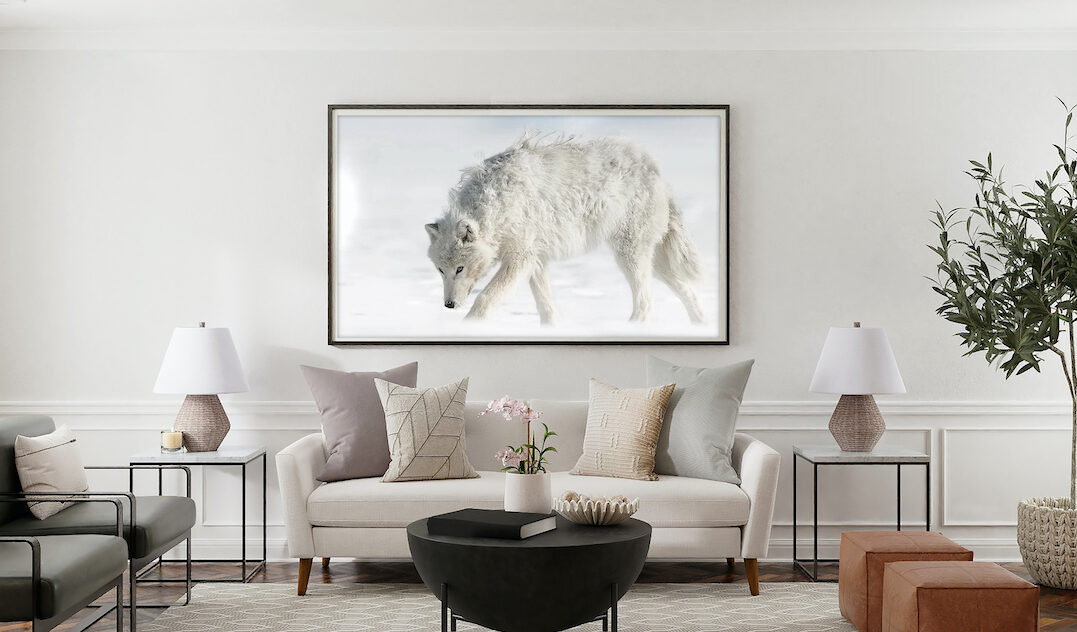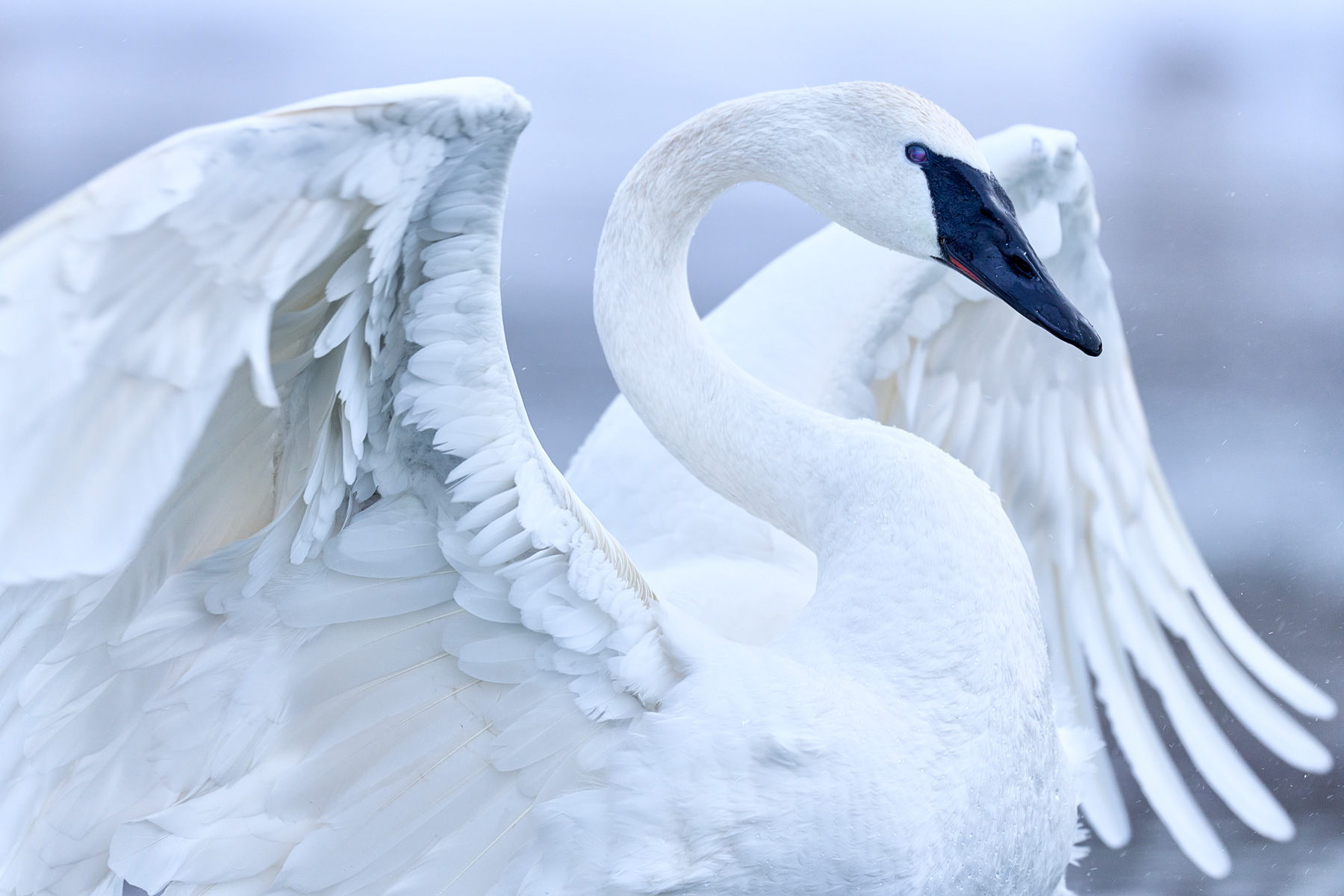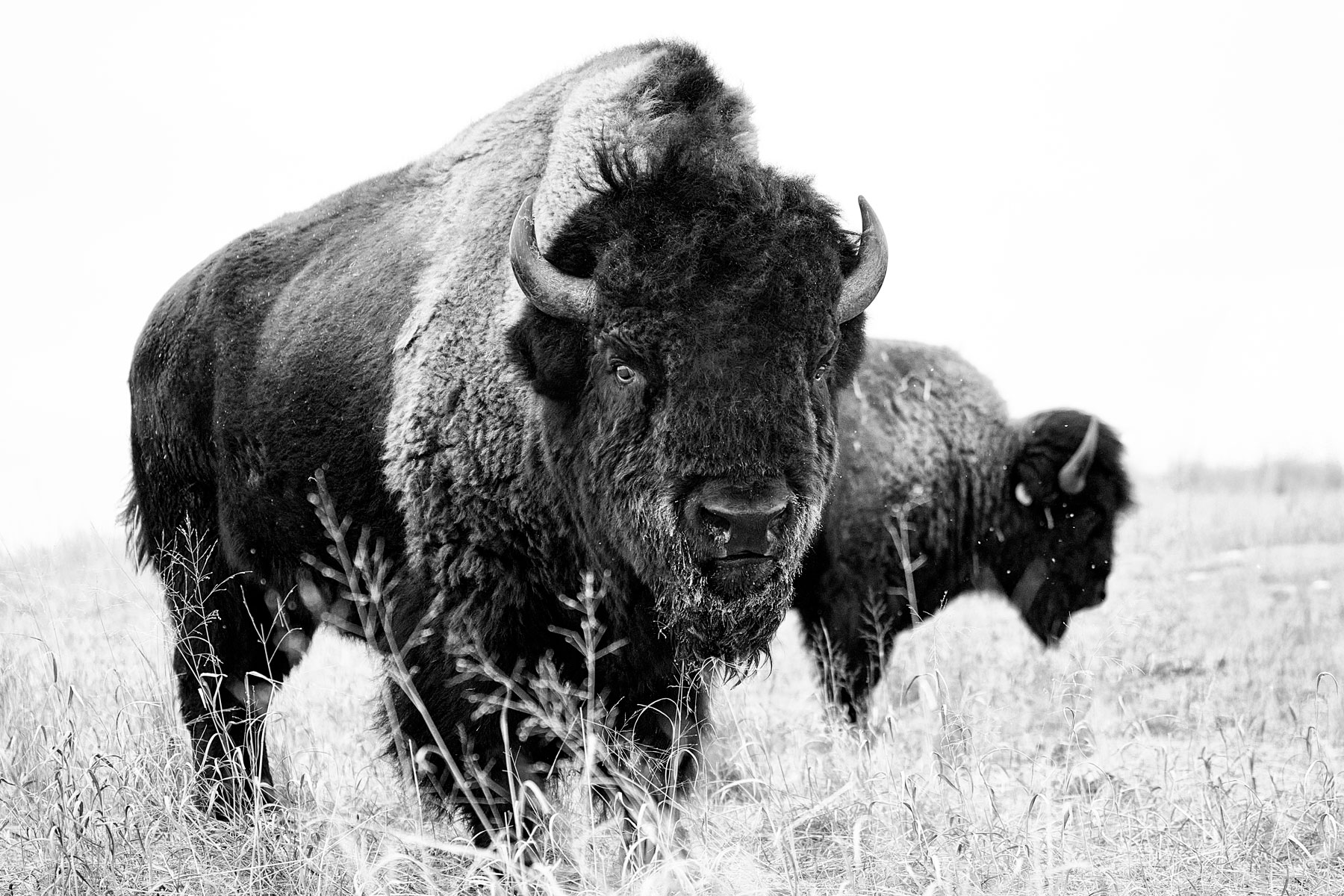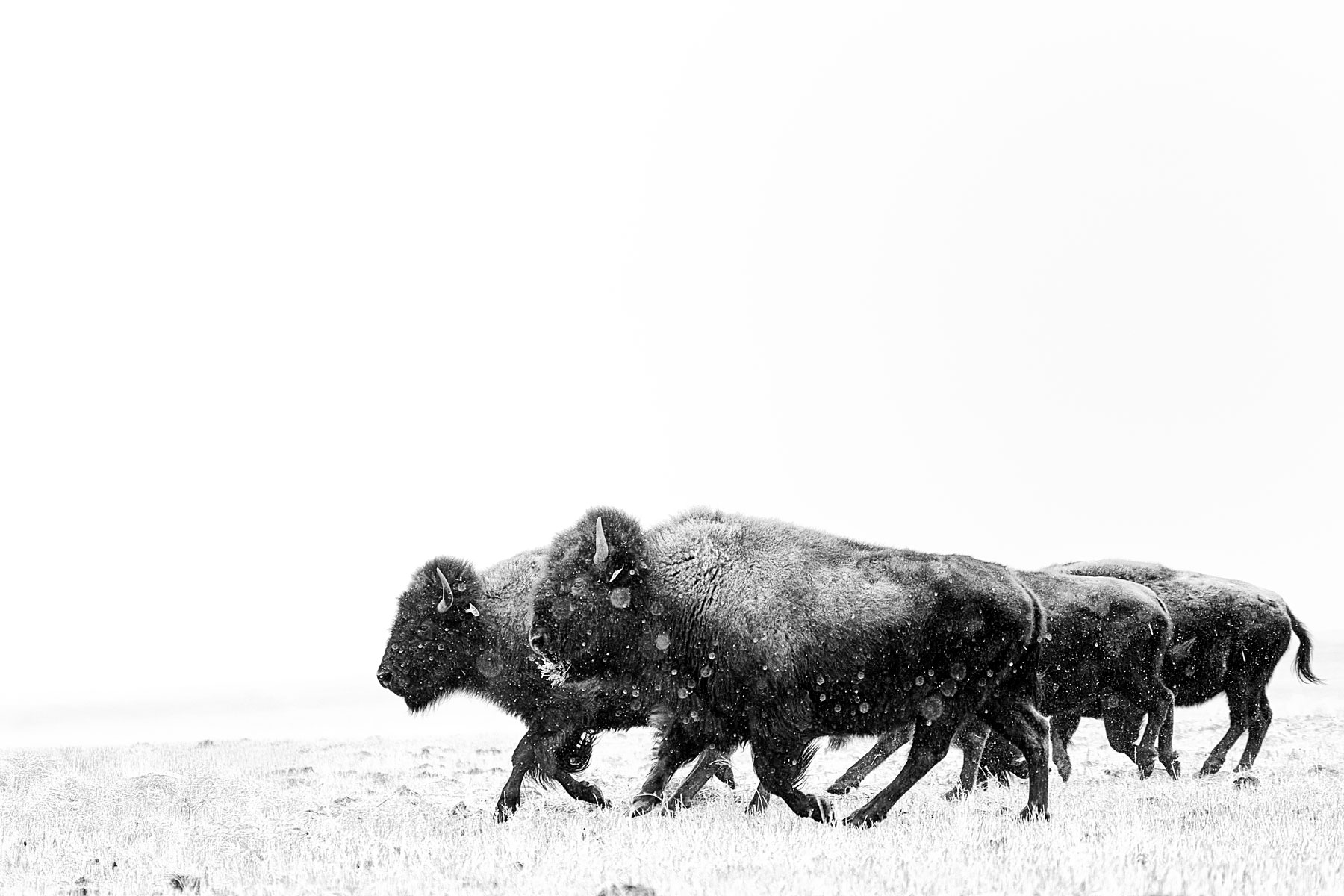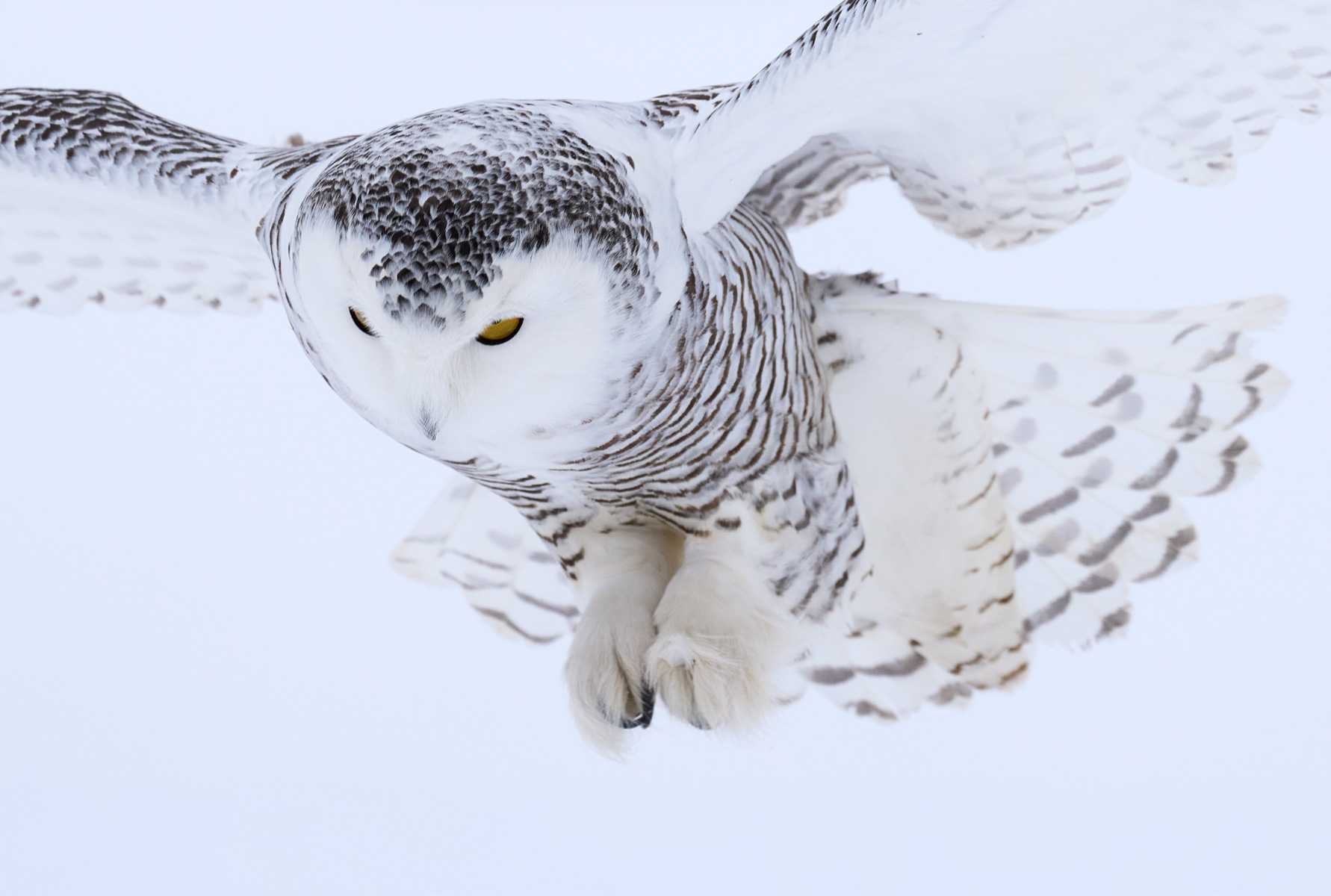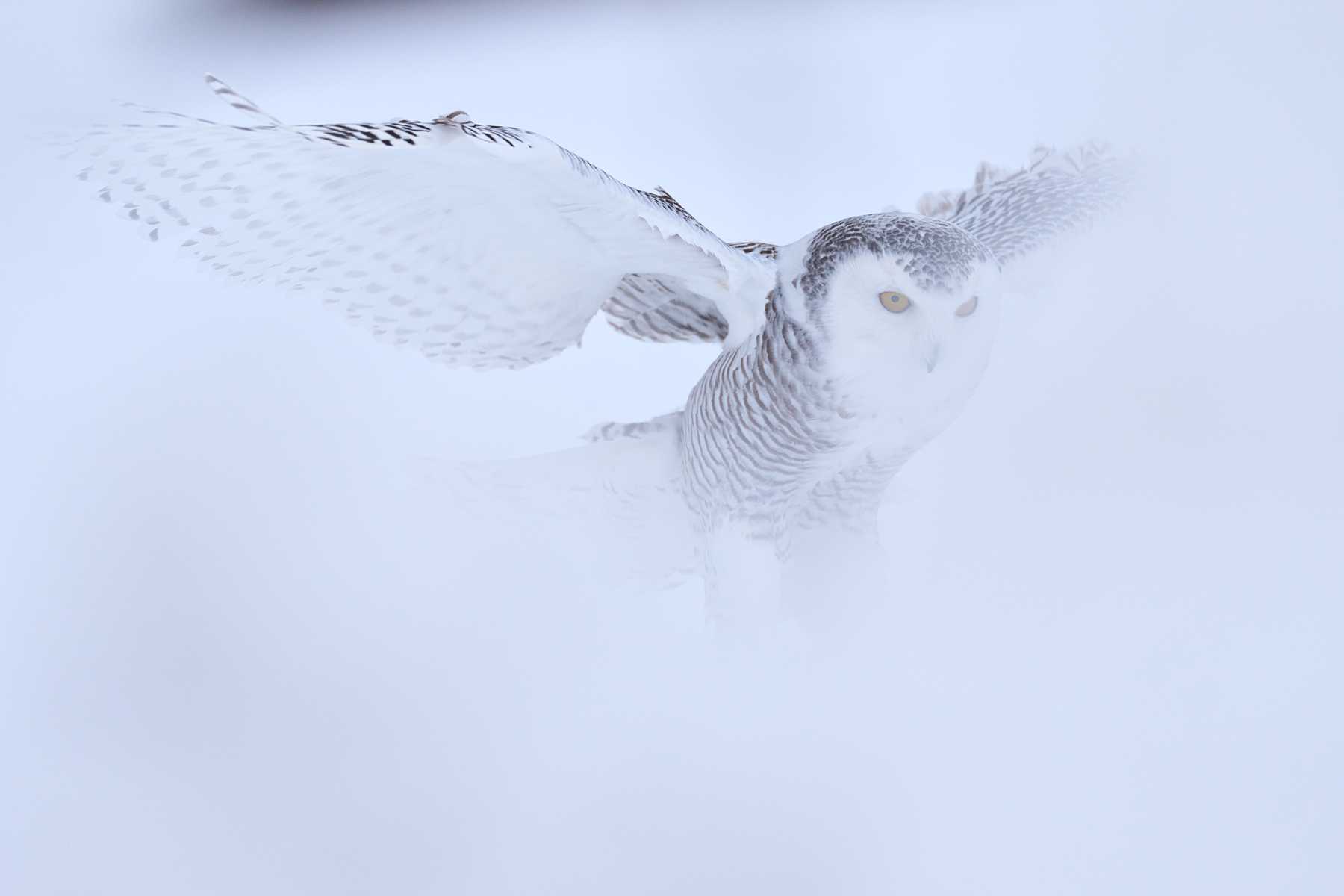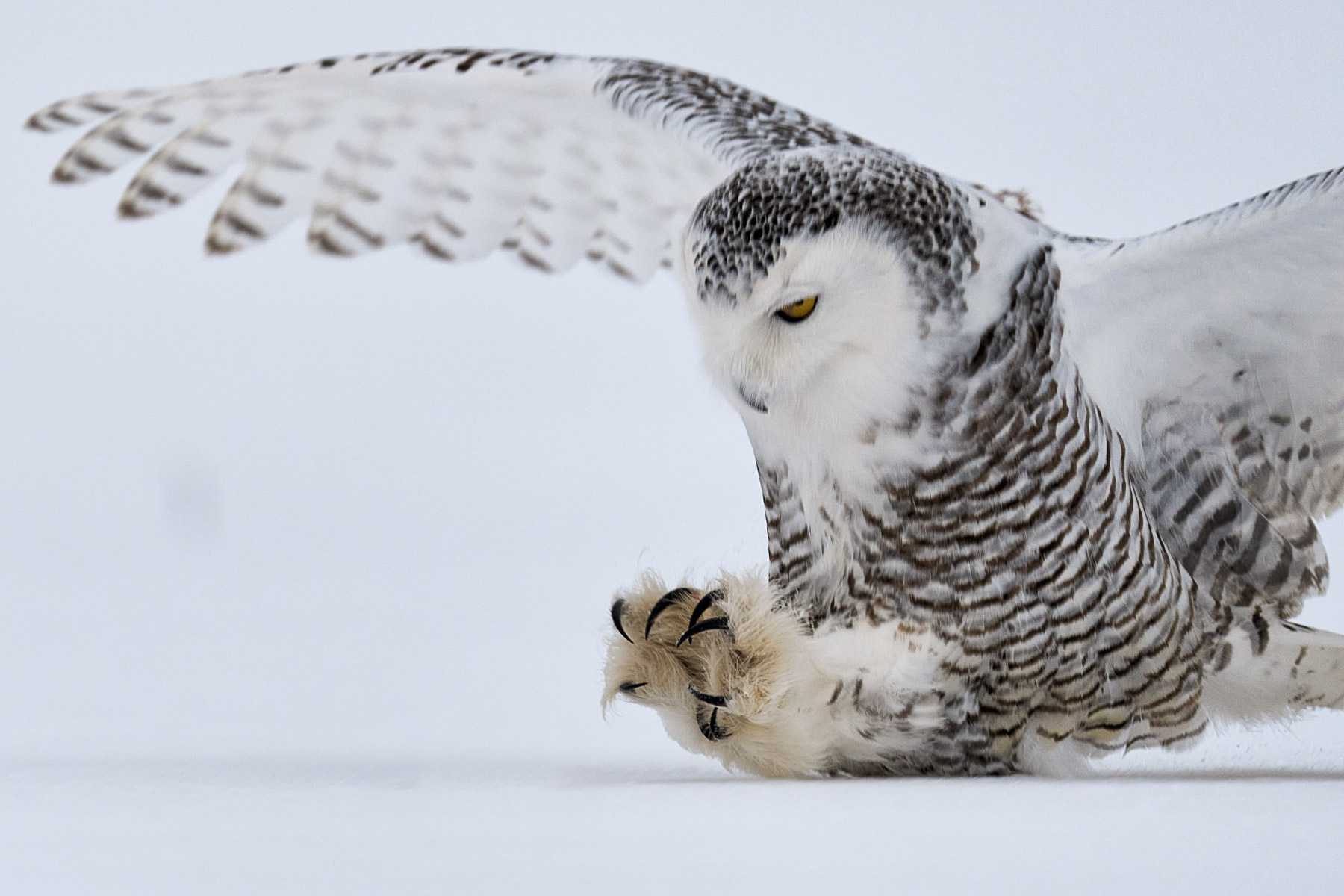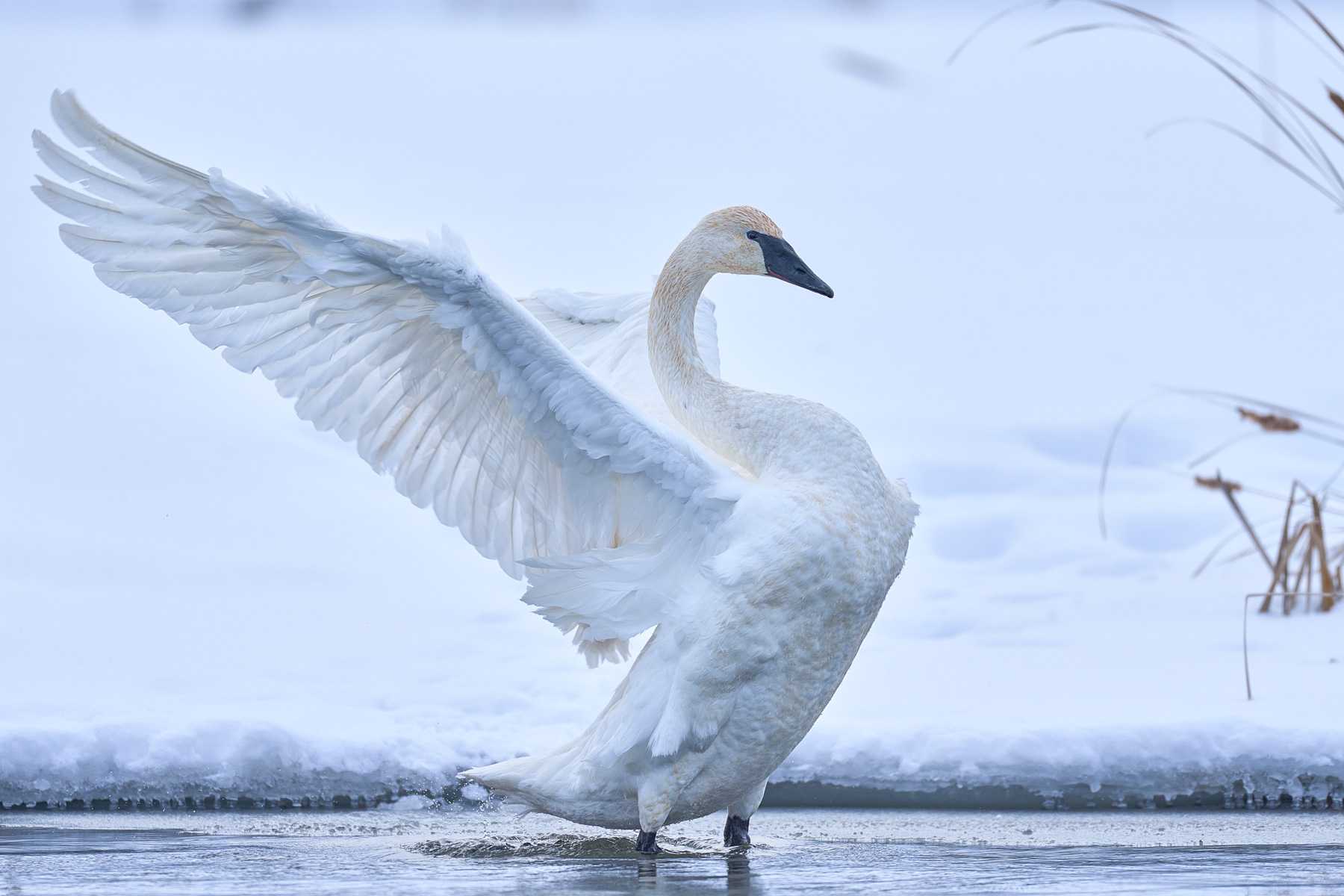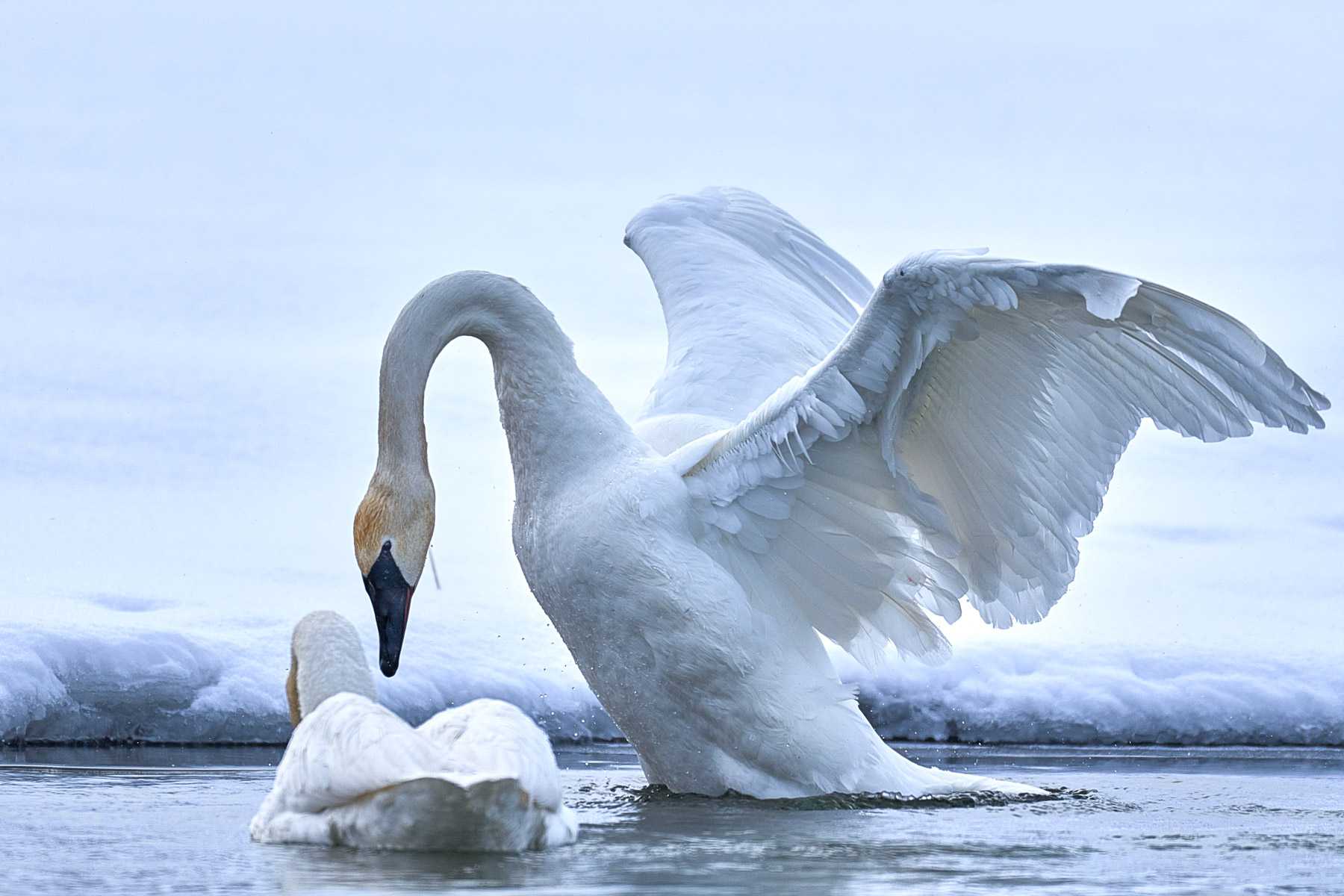Wolf photography has been a passion for many wildlife photographers, who have found captivating beauty and power in these creatures. For those seeking to capture the perfect shot of wolves (whether it be in Yellowstone National Park or elsewhere), we provide tips on techniques that can help you get stunning wolf photos. Understanding wolf behavior helps us better conserve them through our photos. Here, we look at creative ways to showcase your shots too!
Short Summary
- Explore the wild with captivating images of wolves in their natural habitat.
- Understand wolf behavior and use tips & techniques to capture stunning wolf photos while respecting them.
- Support conservation efforts through photography, donations, volunteering & raising awareness about the preservation of wolves and their habitats.
Captivating Images of Wolves in Yellowstone National Park
Our collection of photos from Yellowstone National Park gives a unique view into the lives and habits of wild wolves. We offer an extensive range of images, both in black and white, to show fine details or colorful pictures that bring out their beauty. Through our captivating wolf photos, you can catch glimpses into the beautiful wilderness where these remarkable animals roam – allowing wildlife photographers as well as nature lovers alike to be inspired by this stunning imagery.
Yellowstone’s wolf gallery contains close-ups so one can see intricate features clearly. Landscape views highlight territory boundaries they call home, and snapshots capture moments across their daily life, bringing it all together for viewers worldwide!
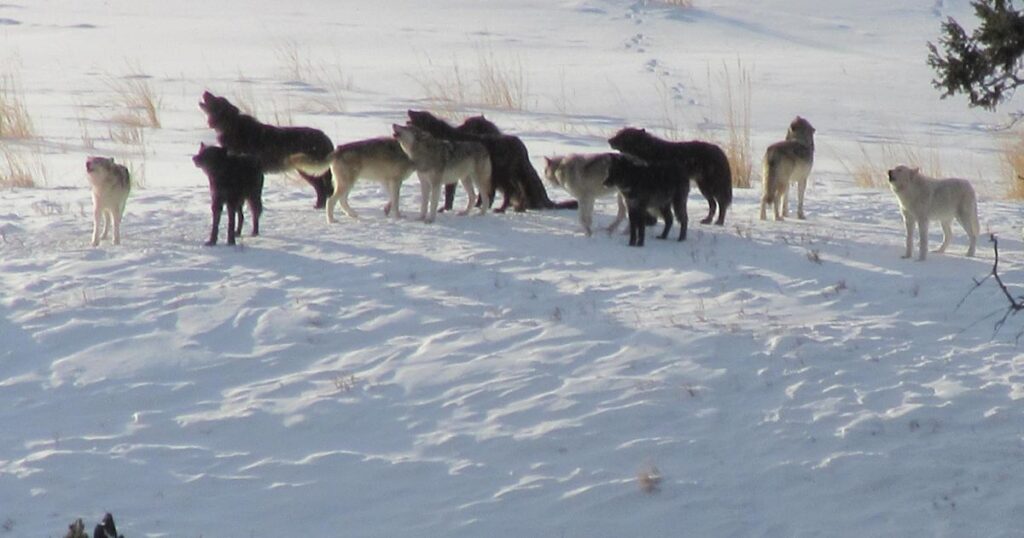
Black and White Wolf Photos
Capturing the timeless beauty and power of wolves, black and white images are perfect for displaying in print. With this color scheme, viewers can focus on intricate details such as the surrounding environment or facial features without any distraction from colors. It is important to pay close attention when shooting wolf photos with lighting, composition & contrast in order to provide safety during photography sessions. Popular sources where you could find these monochromatic wolf photos include iStockphoto, Getty Images Shutterstock Dreamstime, etc. Display your shots through custom wall art projects like photo books calendars or design projects!
Colorful Wolf Portraits
When it comes to wolf photos, those who are looking for something more vibrant can find just as mesmerizing an experience in colorful wolf portraits. These striking images allow us to witness the wolves’ grace and grandeur like never before—for unlike black and white photographs, they vividly bring out the animal’s true nature when living within their natural habitat.
Good resources that provide beautiful vivid pictures of these majestic animals include Pinterest, GreatBigCanvas, Adobe Stock, Etsy., Shutterstock, and Collin Bogle’s website, all having a wide range of options available. To capture exquisite wolf photos while bringing forth intricate details such as fur colors and facial features one should utilize telephoto lenses with appropriate lighting effects so that its full potential will be displayed throughout this captivating colorful shoot. Not only does seeing them in color give rise to appreciation but also increases public awareness of conservation efforts regarding wolves.
The Wild World of Wolves: Understanding Their Behavior and Lifestyle

Capturing the true essence of wolves in photography requires a comprehension of their behavior and lifestyle. Wolf packs are characterized by strong social ties held together through vocalizations, body language, and scent marking. Photographers who understand this complex dynamic can capture compelling wolf photos that effectively showcase wolf behavior to help increase public awareness on conservation efforts for these animals. To find success in doing so means being at the right place at the right time, which is only made possible with knowledge about wolves’ habits and characteristics.
Wolf Packs and Social Structure
The social structure of wolf packs can be intricate, commonly consisting of an alpha pair (male and female) with their young as well as other non-breeding adults. This arrangement is necessary for successful collaboration while hunting or protecting territory or offspring. Those from outside the pack might also join in, thus increasing its strength further. Understanding this dynamic could benefit photographers who aim to take stunning wolf photos that reflect the relationships between members within a pack, allowing them to capture meaningful shots filled with stories.
Communication Among Wolves
Photographers who strive to capture stunning and unique images of wolves can benefit from an understanding of their communication methods. These include body postures such as tail wagging, ear flattening, or lip curling, urine marking, scats, pheromones secretion by scent glands in the face, and vocalizations. By recognizing these different forms of expression used by wolves to convey aggression and submission fear, photographers not only stay safe during encounters but also get a chance to portray emotions within a wolf pack through photographs that are powerful and meaningful.
The knowledge about how wild animals communicate helps when taking pictures in natural settings because it allows anticipating the movements made by them so better snapshots can be taken with ease despite long distances between the photographer’s lens and the subject’s position. This is especially valuable for those looking to create iconic shots showing off both the beauty and importance of wolves inhabiting the environments they originate from.
Another bonus for this type of information-gathering technique is its ability to safely distance oneself as one recognizes the body language signals given out by wolves while still freezing unique moments on glasses at the same time without causing any distress the potential photographic target might experience otherwise if someone were to approach too quickly or impulsively. Understanding what some expressions tell us makes good use of time spent photographing wildlife possible while ensuring that all living creatures keep stress levels at minimal levels.
How to Photograph Wolves: Tips and Techniques for Capturing the Perfect Shot
Capturing a stunning photo of the majestic wolf is no easy feat. With these tips and strategies in mind, one can make great strides toward success. One’s ideal location to photograph wolves would be Yellowstone National Park located in Wyoming or Denali National Park situated in Alaska. Wolf Park nestled away in Indiana stands as an appealing option for captivating imagery. It is imperative that you familiarize yourself with their behaviors so as to snap your desired shot (using both long lens technology combined with fast shutter speeds) all while perched on top of a tripod equipped with a remote shutter release to help reduce camera shake.
To ensure complete satisfaction, remain mindful and focused when waiting around for the perfect moment at which point it is crucial to press click quickly before it passes! With those guidelines firmly set, if followed correctly, anyone will have spectacularly captured picturesque photographs featuring elusive yet impressive wild beasts (wolves).
Best Locations for Wolf Photography
When it comes to capturing stunning photographs of wolves, location is key. Yosemite National Park offers magnificent mountain ranges and picturesque forests for a perfect background while Wolf Park in Battle Ground provides an insight into the behavior and lifestyle of wild animals by letting visitors observe them up close. Denali National Park in Alaska boasts breathtaking scenery such as mountains, rivers, and valleys – all home to abundant wildlife!
Each one of these locations has something special to offer when it comes to wolf photography: scenic landscapes provide incredible backdrops, parks like Wolf Park can give unique perspectives on their behavior, and natural habitats allow photographers access to unobstructed views with remarkable results. If you are looking for optimum places from which to take great images then check out any or all three—Yosemite National Park, Wolf Parks in Battle Grounds, or Denali NationakPark. You won’t be disappointed!
Understanding Wolf Behavior for Better Photos
Comprehending the behavior of wolves can be a great benefit for photographers wishing to capture better photos. By becoming familiar with pack dynamics, individuals behind cameras are able to record compelling shots that tell stories about the social interactions between members of a wolf family unit. Being aware of and predicting certain behaviors or movements beforehand, increases chances for successful photography sessions in terms of timing as well.
Besides improving image quality overall, having knowledge of wolf conduct contributes to both photographer safety along their subjects’ well-being! Being mindful and conscious enough to decipher body language cues prevents dangerous scenarios from happening while enabling responsible wildlife photo shoots at the same time.
Recognizing how they move allows snapshooters to create touching images displaying undisturbed beauty within natural habitats which emphasizes why these animals must be protected thoroughly despite all obstacles lying ahead.
Wolf Conservation Efforts and How You Can Help
Wildlife photography has a crucial role to play in the protection of wolves and their natural habitats. The aim is to capture striking pictures that emphasize beauty, while at all times respecting animal welfare. Through distributing these photographs far and wide, wolf conservation can be advanced with increased public attention being generated as a result.
Selling prints or calendars will help bring revenue to initiatives striving towards preservation. Simply put, by buying images of wolves, you would be supporting projects designed to sustain them into future generations for us all to admire!
The Role of Photography in Wolf Conservation
Photography is a fundamental part of wolf protection, acting as an efficient way to communicate educational ideas and advocate for the preservation of wolves. Good wildlife photography focuses on keeping the well-being of the subject in mind while shooting, meaning photographers should not disrupt natural behavior or cause distress. Income gained from selling prints and other products provides financial support for conserving both canines and their habitats.
To summarize, photography serves to document the beauty present in nature surrounding wolves, which sparks conversations about conservation, ultimately leading to securement efforts for them through this method.
Supporting Wolf Conservation Projects
Various initiatives for the conservation of wolves have been launched, such as The Yellowstone Wolf Project, The Rocky Mountain Wolf Project, The Grand Canyon Wolf Recovery Program, and California’s Working Circle program. There is also a Wood RiverWolf project that aims to protect these animals from going extinct in future generations.
Through your photography, you can support wolf preservation projects by donating some profits derived from sales or dedicating part of your time to photographing them with organizations specialized in their protection. Thereby creating awareness about how important it is to ensure they thrive. In doing this, you will contribute significantly to saving wolves and sustainably managing their habitats.
Showcasing Your Wolf Photos: Creative Ideas for Displaying Your Images
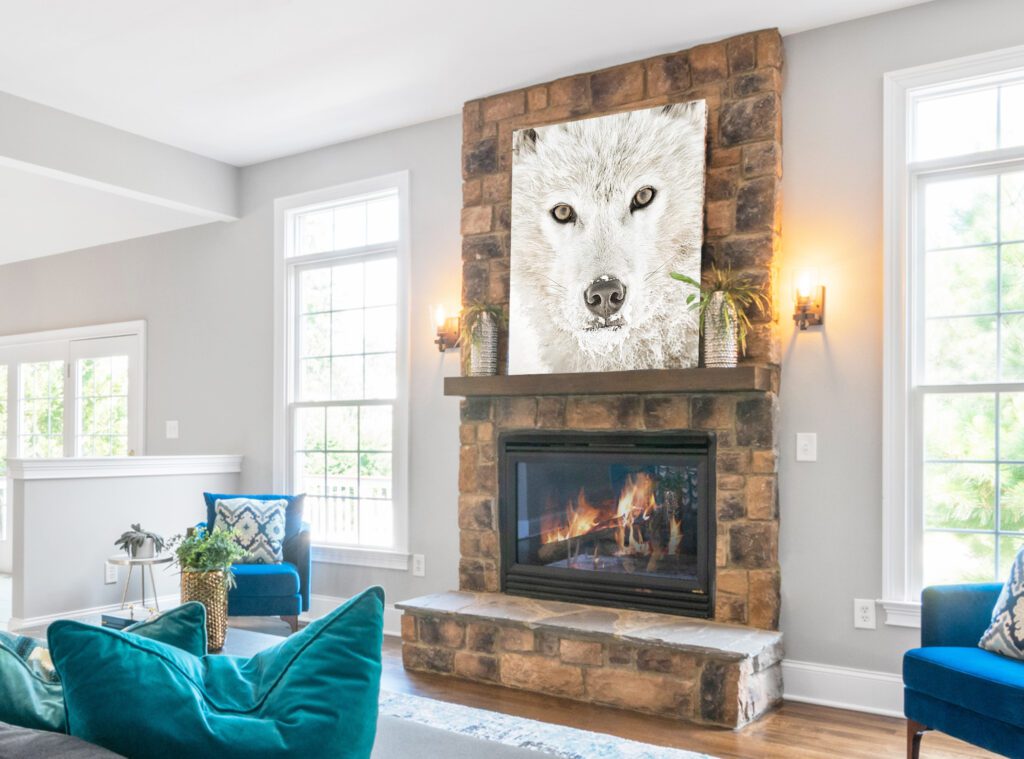
Displaying your wolf photos presents an ideal chance to both convey the beauty of these animals and increase conservation consciousness. There is a range of imaginative approaches for exhibiting your pictures, such as wall gallery displays, utilizing quirky frames, or display techniques. Infusing photographs into natural-based decorating styles. Printing on canvas material or metal sheets. You can also use images in webpages, ads, posters, plus social media graphics design projects. To have a lasting effect, you need to feature shots imaginatively thus making it possible to take part in upholding wildlife conversation endeavors.
Custom Wall Art Featuring Wolf Images
Printing wolf images on high-quality materials such as canvas, metal or acrylic can create unique custom wall art to brighten up any home or office. This type of artwork offers plenty of advantages including personalized decor and a connection with nature’s beauty. There are several methods for producing this kind of beautiful design – from printing onto canvases to assembling an image collage, and even digitally editing photographs into something completely different. Showcase these pieces in your space by putting them in an eye-catching place that will capture everyone’s attention while simultaneously spreading the message about conserving wolves!
Incorporating Wolf Photos into Design Projects
When adding images of wolves to design projects, it can increase the message you want your audience to take away while also highlighting wolf conservation. These photographs could allude to power and fidelity as well as emphasize steadfastness which would help create a certain atmosphere for viewers.
Incorporating these pictures into webpages, ads, posters or any social media graphic will provide an eye-catching visual that plays on people’s emotions in order to encourage their involvement with wildlife preservation efforts.
By including photos of wolves within designs, we not only improve visuals but are also joining the fight for animal safety!
Summary
Creating mesmerizing images of wolves not only offers an exciting experience but can also promote their protection. By getting to know the nature, habits, and habitat of these animals, as well as using proper techniques for taking pictures, you can capture superb photos that exhibit how remarkable they are. By displaying your photography in custom wall art pieces or design projects while supporting conservation organizations dedicated to defending them, you will help encourage others to participate in protecting the species forever more.
Frequently Asked Questions
What are some of the best locations for wolf photography?
For top-notch wolf pictures, Yellowstone National Park, Denali National Park, and Wolf Park in Indiana are all great places to visit. With the spectacular backdrops of those locales and numerous opportunities for observing these majestic animals up close and personal.
How can I improve my wolf photography skills?
Developing wolf photography abilities requires knowledge of their behavior, a long-range lens and fast shutter speed, as well as patience to capture the ideal instant.
What role does photography play in wolf conservation?
Photography is an essential tool for the protection of wolves, as it can bring attention to their presence and environment. This awareness allows us to educate people about why they are so important, while also creating opportunities for fundraising in support of conservation initiatives. On top of that, images taken by photographers serve to document wolf behavior and habitats which become invaluable information used towards successful preservation efforts.
How can I showcase my wolf photos in creative ways?
Express your creativity with wolf photos by turning them into personalized wall décor, utilizing the pictures in artistic designs or constructing photo albums and calendars.
How can I support wolf conservation projects through my photography?
You can do your part to aid in the preservation of wolves by contributing proceeds from photography, dedicating time as a volunteer, and educating people on why they are worth preserving.

